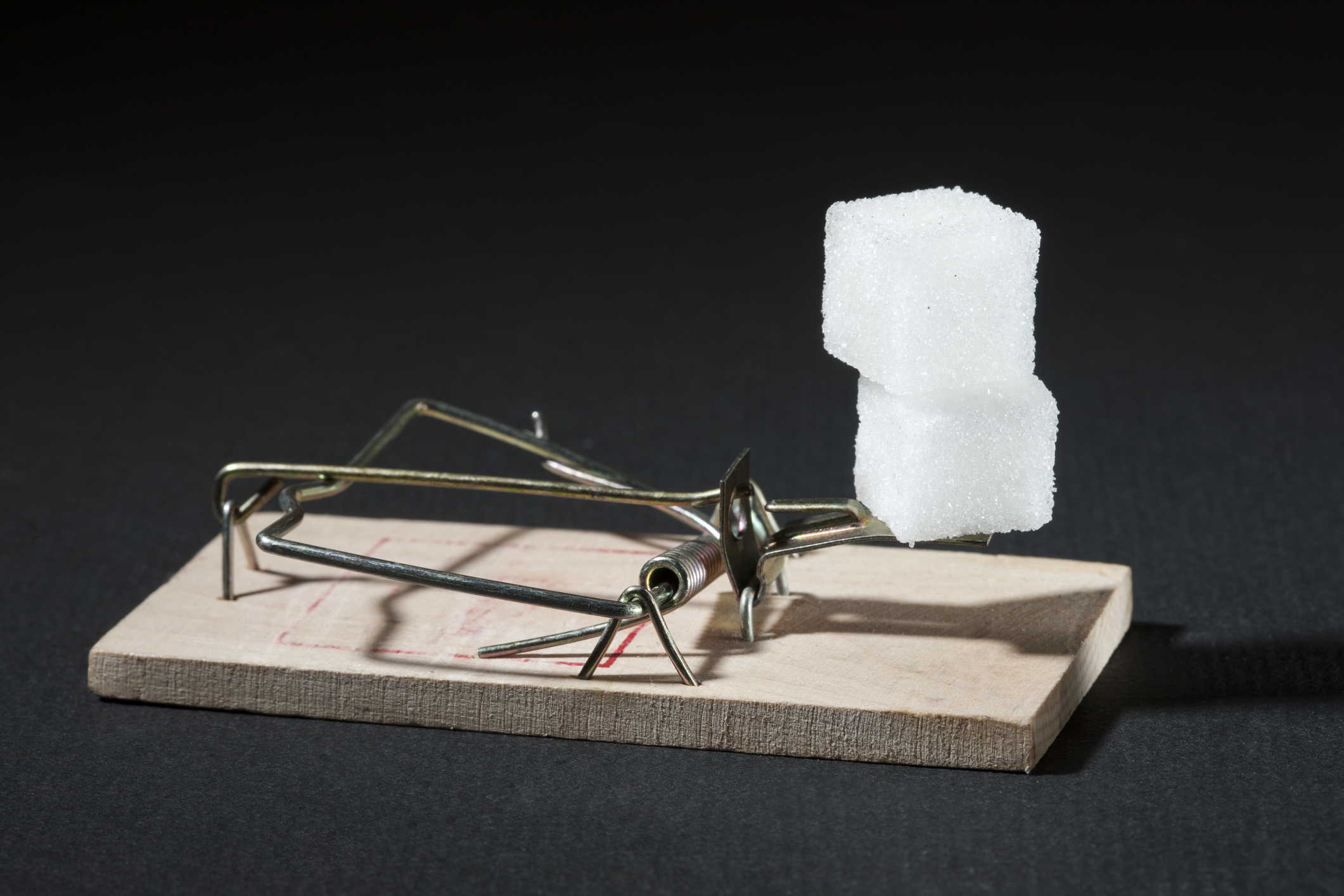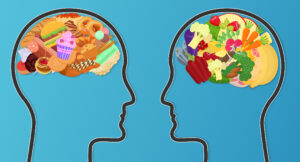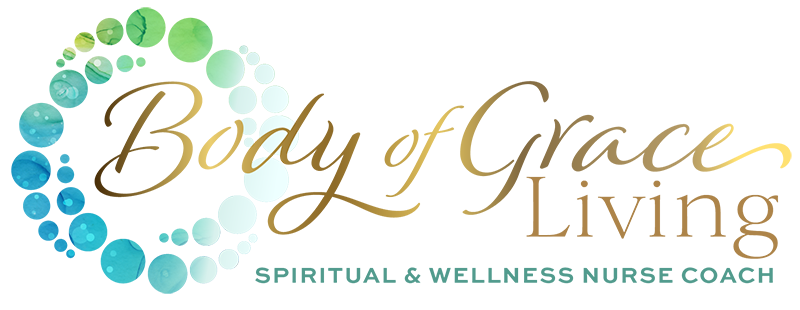
The Sugar Overload 
Sugar is everywhere. From the obvious desserts and sodas to hidden sugars in sauces, breads, and “healthy” snacks, this sweet substance has become a staple in the modern diet. The average American consumes over 70 grams of added sugar daily—far surpassing the recommended limits of 25 grams for women and 36 grams for men. While sugar brings sweetness and energy, its excessive consumption is wreaking havoc on our health. In this blog, we’ll explore the addictive nature of sugar, its impact on chronic diseases, and practical ways to reclaim your health by reducing sugar intake.
The Science of Sugar Addiction

Sugar has an almost drug-like effect on the brain. When you consume sugar, it triggers a release of dopamine, the “feel-good” neurotransmitter, creating a sense of reward and pleasure. Over time, this can lead to a cycle of craving and consumption, similar to the patterns seen in substance addiction. Studies have shown that sugar activates the brain’s reward system in ways akin to cocaine, making it incredibly difficult to quit.
Withdrawal symptoms such as irritability, headaches, and fatigue can occur when you reduce sugar, further reinforcing its addictive nature. Understanding this biological mechanism can help you approach sugar reduction with both awareness and compassion for yourself.
Sugar’s Toll on the Body
Cardiovascular Disease
Excessive sugar intake is a major contributor to heart disease, the leading cause of death worldwide. High sugar consumption raises blood pressure, increases inflammation, and elevates levels of harmful LDL cholesterol while lowering beneficial HDL cholesterol. This combination creates a perfect storm for heart attacks and strokes.
Cancer
Research has established a link between high-sugar diets and increased cancer risk. Cancer cells thrive on sugar, and high insulin levels—often a result of sugar consumption—can fuel tumor growth. While sugar isn’t the sole cause of cancer, reducing it can be a key part of a preventative lifestyle.
Diabetes and Obesity

One of sugar’s most well-known effects is its role in insulin resistance, a precursor to Type 2 diabetes. Sugary foods are often calorie-dense but nutritionally empty, leading to overeating and weight gain. Obesity, in turn, increases the risk of numerous health issues, including joint problems, sleep apnea, and more.
Other Chronic and Acute Conditions
- Liver Health: Consuming too much sugar can lead to non-alcoholic fatty liver disease (NAFLD).
- Oral Health: Sugar is a direct contributor to cavities and gum disease.
- Mental Health: High sugar intake is linked to mood swings, anxiety, and depression.
The Hidden Sugars in Everyday Foods 
One of sugar’s dangers lies in its stealth. Many foods marketed as “healthy” contain significant amounts of added sugar. For example:
- Condiments: Ketchup, barbecue sauce, and salad dressings can contain several teaspoons of sugar per serving.
- Breakfast Foods: Granola, flavored yogurts, and cereals often pack more sugar than a dessert.
- Beverages: Fruit juices, energy drinks, and even “vitamin waters” can rival sodas in sugar content.
To avoid hidden sugars, learn to read food labels. Look for terms like sucrose, high-fructose corn syrup, maltose, and other words with “-ose” endings.
How to Break Free from Sugar Addiction 
Set Realistic Goals
Start by reducing sugar gradually to avoid overwhelming withdrawal symptoms. Replace sugary snacks with healthier options one at a time.
American Heart Association (AHA): Recommends limiting added sugar intake to:
-
Men: No more than 36 grams (9 teaspoons) per day.
-
Women: No more than 25 grams (6 teaspoons) per day
Mindful Eating
Pay attention to your eating habits. Before reaching for something sweet, ask yourself if you’re truly hungry or just bored or stressed.
Healthy Substitutes
- Choose whole fruits over sugary snacks. Try a Yonana’s maker (also found on Amazon) to freeze your own fruit and press your own deserts (uses fruit only!).
- Swap out sugar-laden beverages for fresh fruit-infused water, herbal teas, or unsweetened drinks.
- Experiment with natural sweeteners like maple sugar, maple syrup, date sugar, or monk fruit for baking. But even this should be used in moderation.
Balanced Nutrition
A diet rich in fiber, protein, and healthy fats can stabilize blood sugar levels and curb cravings. Include nuts, seeds, whole grains, and leafy greens in your meals.
Behavioral Strategies
- Remove sugary temptations from your home.
- Plan meals and snacks to prevent impulsive sugary choices.
- Don’t shop at the grocery story while you are hungry.
- Practice stress-reduction techniques like meditation, exercise, or journaling to avoid emotional eating.
Call to Action: Reclaiming Health

Breaking free from sugar addiction is not just about cutting something out of your life; it’s about making room for health, vitality, and joy. Start by tracking your sugar intake for a week. Pay attention to how much added sugar sneaks into your diet and where you can make changes. Explore sugar detox plans, apps, or books for deeper guidance.
Sweet Freedom
Excessive sugar consumption is a modern health crisis, but it’s one we can overcome. By understanding sugar’s impact and making small, sustainable changes, you can reclaim control over your health. Life without excess sugar isn’t just possible—it’s deliciously rewarding.
Sweet and Healthy Regards,
Jami Streyle
RN, MS, MA, HWNC-BC, HNB-BC
Jami@bodyofgraceliving.com

Share This Story
Stay Updated
Sign up to receive the latest news and tips from Body of Grace Living.





